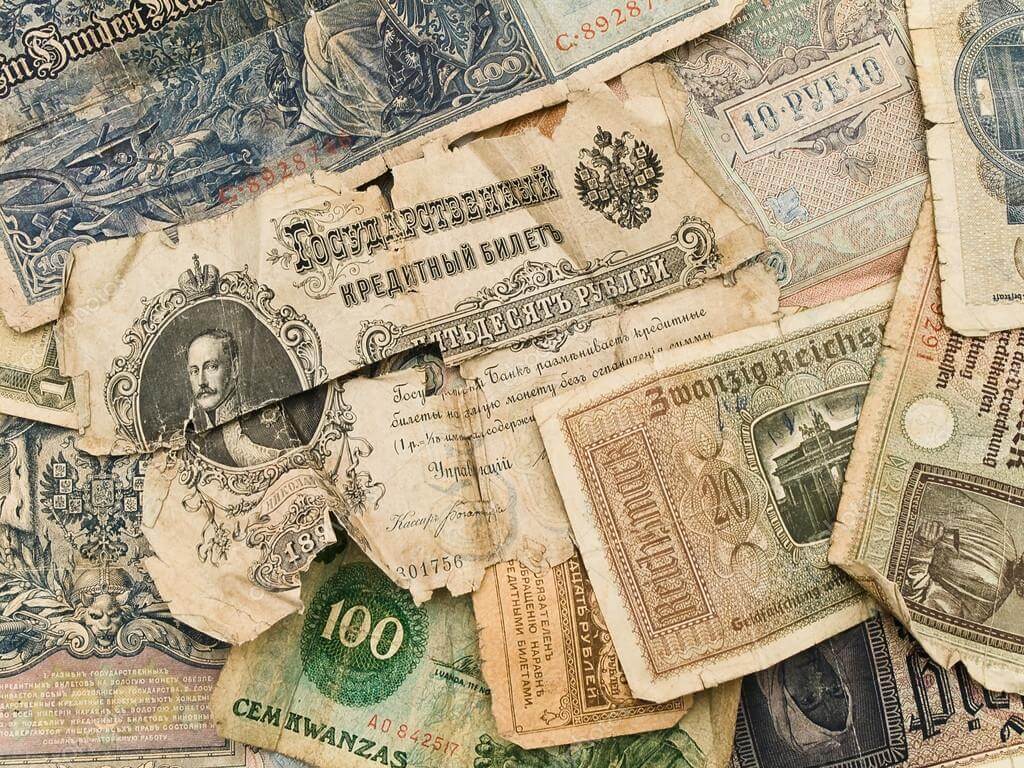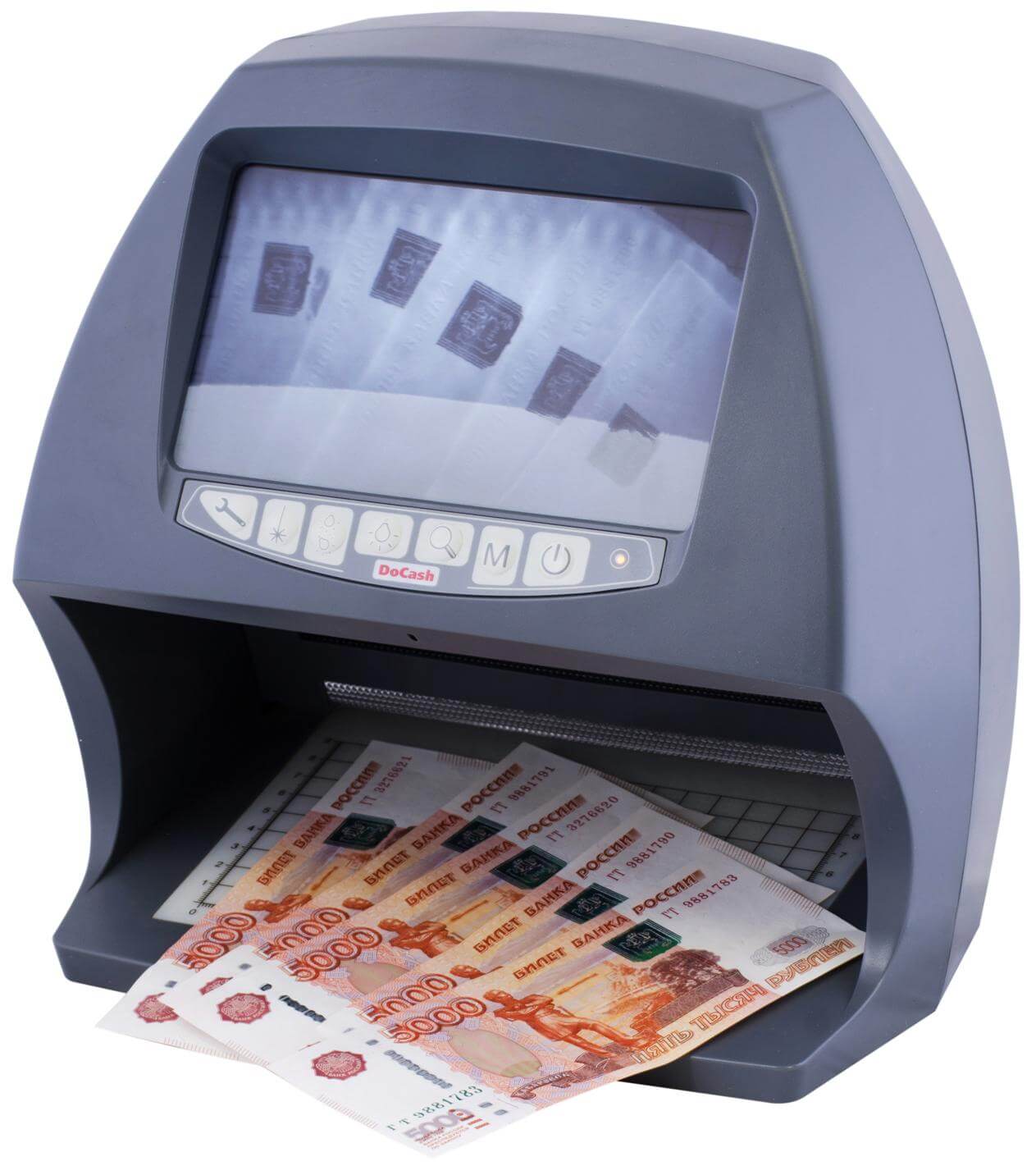- Get link
- X
- Other Apps
- Get link
- X
- Other Apps

Manufacture of counterfeit money started back in the days of Ancient Egypt. With the advent of paper bills, the task of counterfeiters was simplified, and states began to develop special means of protection that would be difficult to forge. One of them became watermarks, which appeared in Italy in the 13th century. Presumably their founder is Jacques Amabl Legrand, who for the first time used watermarks on postage stamps. In the 1980s, the first banknote detector was invented in the United States of America. How do they work - about this in today's issue!

So, the viewing banknote detectors are designed for visual control of the authenticity of the notes. This type of detector allows you to verify the authenticity of the banknote of any country in the world and of any denomination. The fact that the viewing detector only visualizes the security features of the bill, and the decision on whether it is genuine or not, is taken by the operator himself. Therefore, the quality of verification directly depends on the qualifications and experience of the person who conducts the study of banknotes. On the one hand, such a device is obtained as simple and cheap as possible, and on the other hand it requires certain skills of work.
Depending on the type of illuminator and the method of authentication, the viewing detectors are divided into 3 types: ultraviolet, infrared and universal.

The most simple devices are ultraviolet detectors. They are no longer a serious obstacle for counterfeiters and are able to "filter out" only the most substandard counterfeits. Ultraviolet detectors are one or more UV lamps, often with a magnifying glass and a scale grid, and can detect luminescent images, strings and fibers of banknotes in the light of ultraviolet lamps. Ultraviolet protection of banknotes is ensured by the introduction into the paper composition of special substances and paints that do not shine in the ultraviolet range. When checking a banknote with an ultraviolet detector, the original bill will not glow, and the fake, on the contrary, will reflect the ultraviolet.
Ultraviolet detection is used in automated banknote detectors, as well as in money counters, which will be discussed in the next issue, and plays the role of the first - the coarsest filter.

The most reliable to date devices for detecting counterfeits are infrared detectors. The fact is that the technology of applying metameric paint and its composition is too expensive, and therefore counterfeiters are not profitable to use infrared labels when producing counterfeit banknotes. Infrared detectors contain IR illumination of the working area, a camera with an appropriate filter and a display that outputs the picture from the camera. Depending on the type of currency and its nominal value in the infrared range, individual parts of the banknote image that reflect infrared rays are visible. Those areas for which special labels were not printed will not be displayed in the infrared range. Visualization of marks is made on the built-in detector display.

Also, the IR detector makes it possible to determine on the banknotes a special security element called "M", which is a paint having a different absorption coefficient at different portions of the spectrum in the IR region. To control the special element "M" two groups of illumination are used, with different wavelengths, which are switched on alternately. The "M" element thus appears flashing.
There are also combined detectors that combine both infrared and ultraviolet sensors. In addition, they can be equipped with detectors of magnetic marks. Combined devices are the most reliable, but they have a high cost.
The article is based on materials .
- Get link
- X
- Other Apps
Comments
Post a Comment